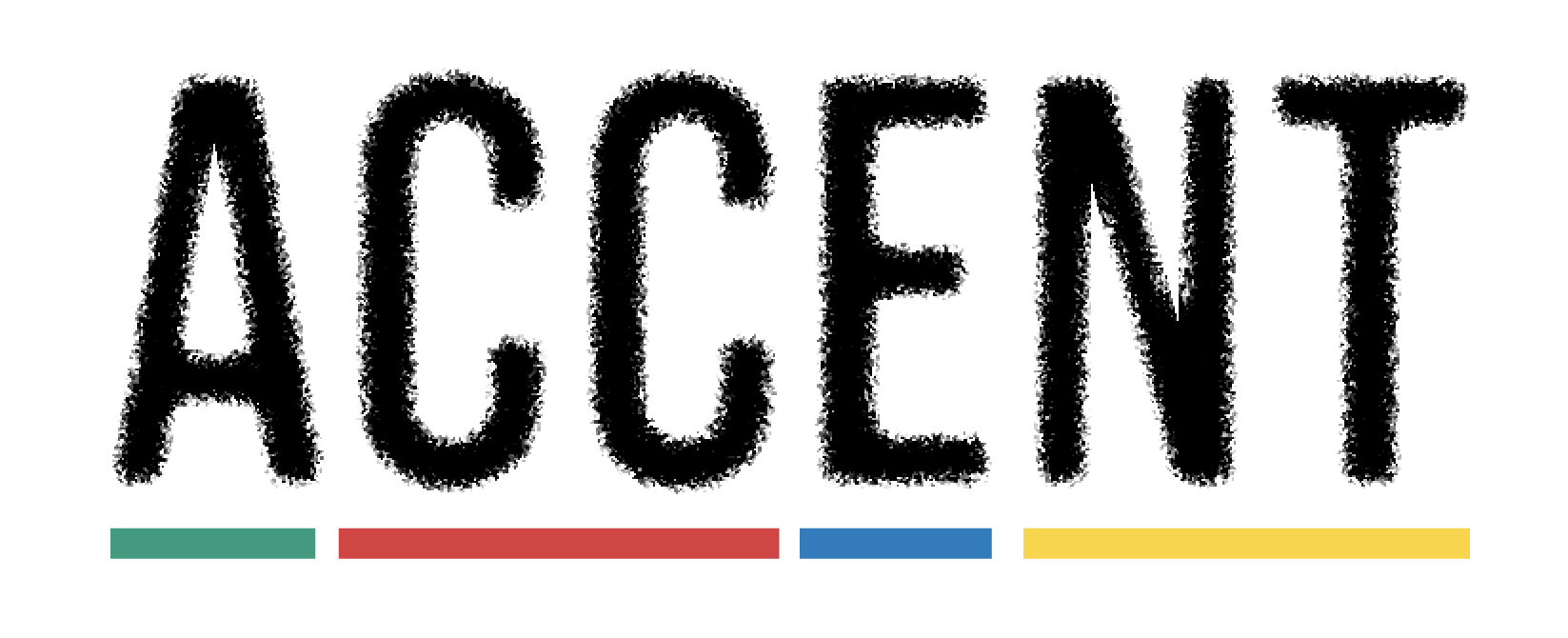Story by Era Sundar, Audio Editor
Networking and self-promotion are vital to building a successful career. Prospective clients and potential employers can only reach out to you if they know who you are and what you have to offer. This seven-step guide is designed to help up-and-coming professionals make positive and lasting impressions.
1. Go where the action is
Join professional societies and attend trade shows and other networking events. This strategy allows emerging entrepreneurs to connect with mentors and influential members of the business community.
2. Carry simple, attractive business cards
Name and contact information should appear in an easy to read, uncluttered format. A tasteful design that says something about the card owner without obstructing the print is an added bonus.
Incorporate some blank space into the design on the front or back of the card. Careerealism.com suggests making a brief note in that space to remind the card recipient of your conversation. Also invest in a card case to keep business cards neat and easily accessible.
When receiving a business card, take a moment to show interest. Hold it in both hands, repeat the owner’s name and make a positive comment about the design if practical.
3. Prepare and rehearse a 30-second elevator pitch
A 30-second elevator pitch is a brief statement of who you are and what you do, what you bring to the table, and if appropriate, what you want someone to do for you. End with an explanation of how and why your proposal will be successful. The pitch should reflect your passion and interest.
4. Learn how to “work the room”
At networking events, make an effort to meet several new people. Introduce yourself with a warm smile, extend a firm handshake and make direct eye contact.
Diane Gottsman, a national etiquette expert and the owner of The Protocol School of Texas, said that both men and women should stand when approached for an introduction. She advised holding drinks in the left hand to prevent cold, wet handshakes.
Prepare for small talk by becoming familiar with current events, local or national sports and new developments in your industry. A quick way to get up to speed is to read the daily headlines and skim a few articles. But don’t feel obligated to do all the talking. Show interest in the other person by asking questions and listening attentively.
During a conversation, say the other person’s name. The repetition will help lock it in memory. If a name is forgotten, simply say, “Please remind me of your name.” There is no need to be embarrassed.
When making introductions, say the more important person’s name first. For example, a client’s name comes before a colleague’s or boss’s name.
Seven to 10 minutes is a reasonable time for a conversation. Remember, the goal is to meet several people. When it’s time to move on, make a graceful exit.
“Extend your hand. That’s a signal that the conversation is coming to a close, because you extend your hand for a handshake to greet someone or to leave,” Gottsman said. “If someone is monopolizing your time, extend your hand and say, ‘There’s someone over there I need to talk to, it’s been nice talking to you.’ Then make a gracious exit. ”
5. Build a versatile wardrobe
Some industries have a more casual dress code than others, however, it’s still important to maintain a couple of formal outfits for special occasions such as networking events, company parties and coworker weddings.
Wear a watch. In recent years, the cellphone has become a primary source of timekeeping. But at interviews and business events, a watch should be worn by both men and women.
“It’s a detail. It shows that you have good time management skills, and you don’t want to look down at your cellphone,” Gottsman said.
Cellphones are best kept silent and out of sight. Looking at them, even to tell time, gives the impression of being distracted.
6. Learn and practice proper dining etiquette
Dining etiquette is important, not because dinner companions are judging you, but to prevent stress caused by not knowing what to do. Internal conflicts as to which fork or glass to use will show on your face and cause distraction, Gottsman said.
“You want to be able to maneuver the meal with ease so you can pay attention to the person sitting across from you.”
Quick Dining Guide:
- Bread, forks and napkin are on the left
- Water, spoons and knives are on the right
- Place napkin on lap before eating
- Start with silverware farthest from plate, work inward
- Rest in-use silverware on plate’s edge
- After dinner place utensils parallel to each other on plate, napkin next to plate on the left
7. Cultivate and maintain contacts
After networking, follow up on business cards you’ve collected. Send a quick email or make a brief phone call to follow up on a proposed action or just to keep in touch. Jot down a list of things you want to say before the call to aid memory and cut down on “ums and ahs.”
LinkedIn also provides an effective way to connect with people.This online networking site is specifically designed to showcase professional skills and accomplishments. Unlike Facebook, LinkedIn doesn’t include personal information such as political views and relationship status, which can be distracting in a business setting.
With the right preparation, awkwardness and fear give way to poise and self-confidence, leaving you free to mix and mingle with other movers and shakers. Go forth and conquer.
To hear an audio selection from Accent’s interview with Diane Gottsman click here.
For more of Diane Gottsman’s tips, visit dianegottsman.com.

Comments
1,755 responses to “Professional Development: 7 Steps to Successful Networking and Self-Promotion”